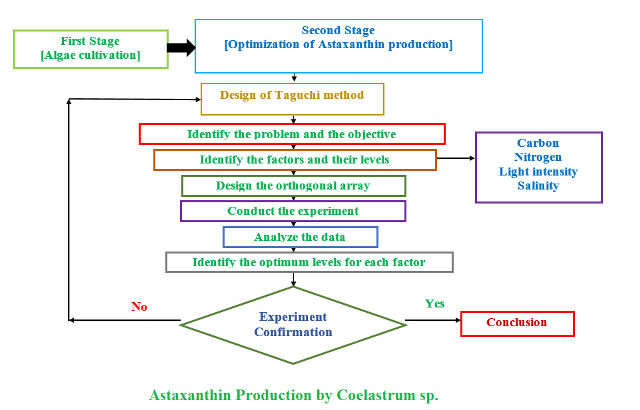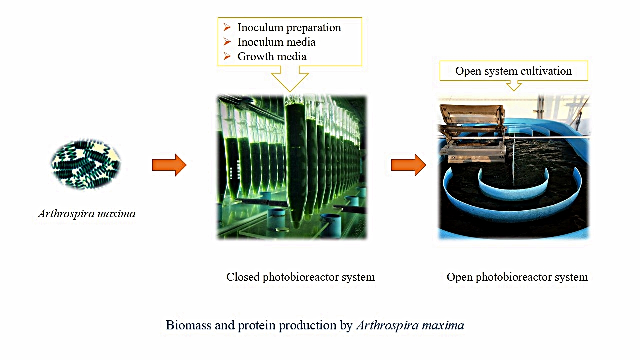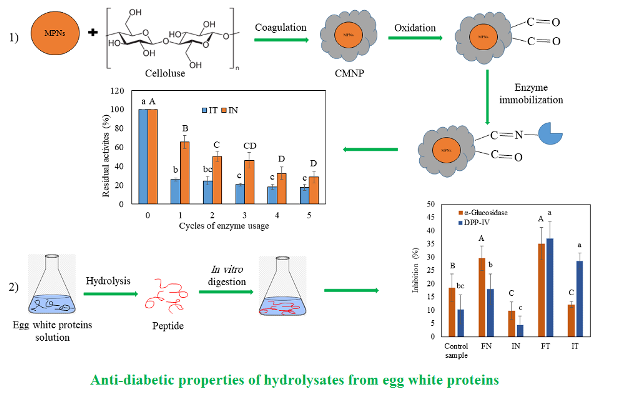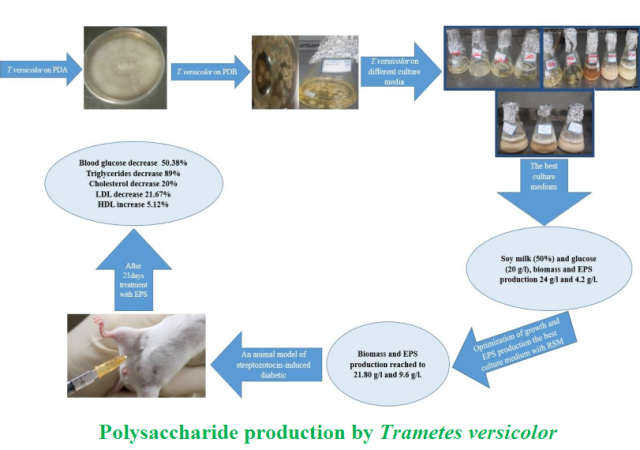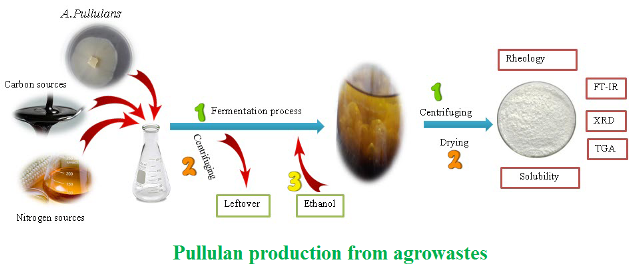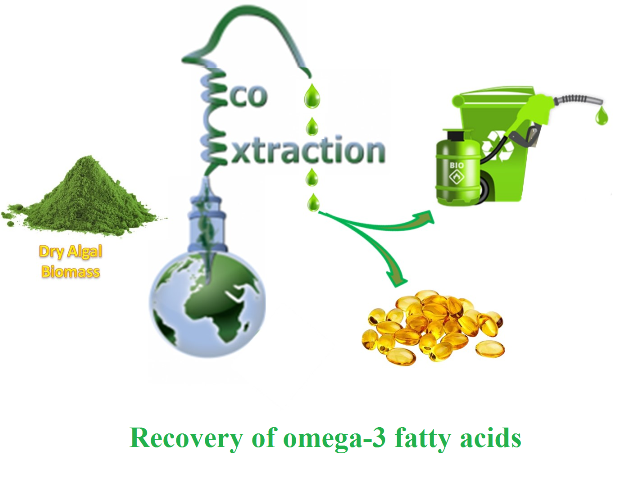Assessment of the Process Variables for Degradation of Oxalate by Lactobacillus acidophilus ATCC 4356 Using Simulated Rumen Fluid Media and Tea
Applied Food Biotechnology,
Vol. 7 No. 4 (2020),
18 August 2020,
Page 195-204
https://doi.org/10.22037/afb.v7i4.28600
Background and Objective: Lactobacillus acidophilus ATCC 4356 was used for oxalate degradation activity. In the present study, for the first time, the simultaneous influence of process variables on the analysis of high oxalate concentration and its optimization in the simulated intestinal environment was performed. In the end, the optimal results were performed in a tea environment as a common oxalate-containing beverage.
Materials and Methods: After screening the design of ten process variables including pH, glucose, sucrose, inulin, ammonium, sodium oxalate, yeast extract, sodium acetate, inoculum age, and size using Plackett-Burman design, a Box-Behnken method was used with four major variables of pH, glucose, sodium oxalate, and inulin
Results and Conclusion: Results showed that oxalate degradation in simulated rumen fluid was significantly affected by pH and sodium oxalate and glucose concentrations. At optimized conditions, oxalate degradation reached 48.94 ±0.98% of initial concentration. Furthermore, oxalate degradation was investigated in tea (as the most common hot drink in many countries such as Iran) at various times, temperature, and glucose concentration. At optimum condition, oxalate concentration reached 98.86% ±1.05 (from 264 to 24 mg per100 ml).


